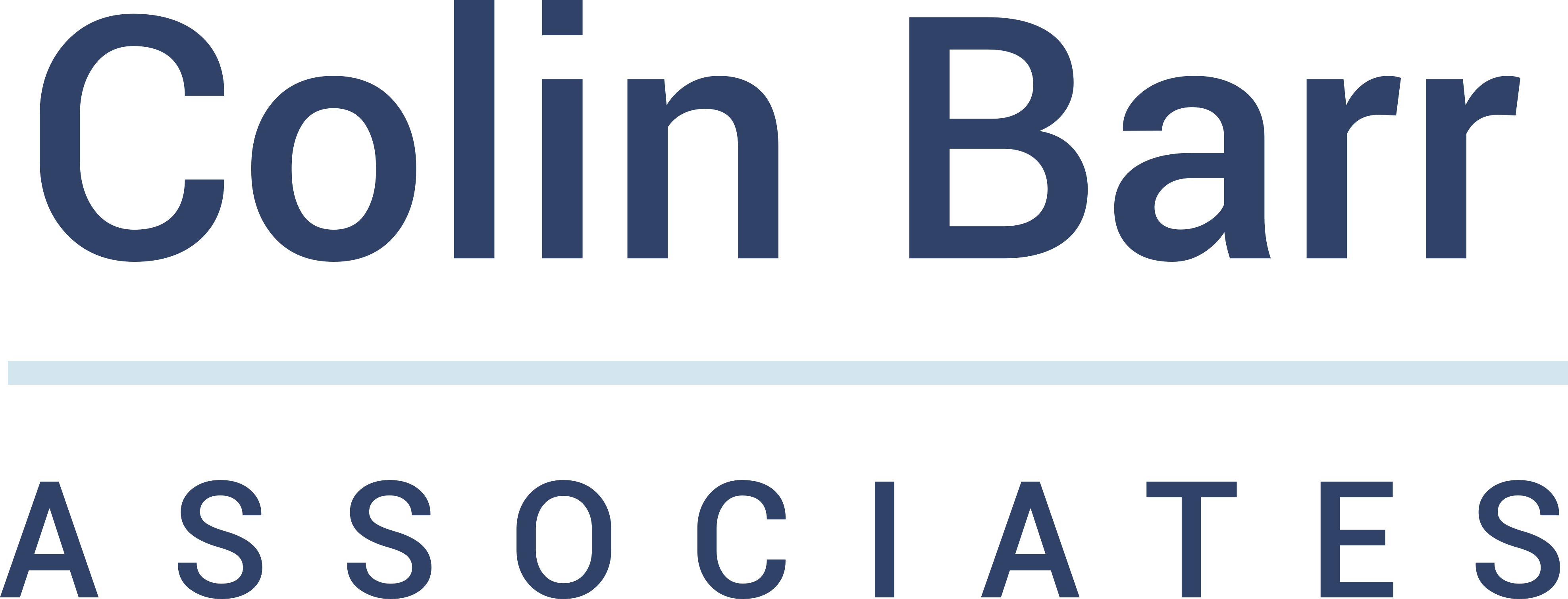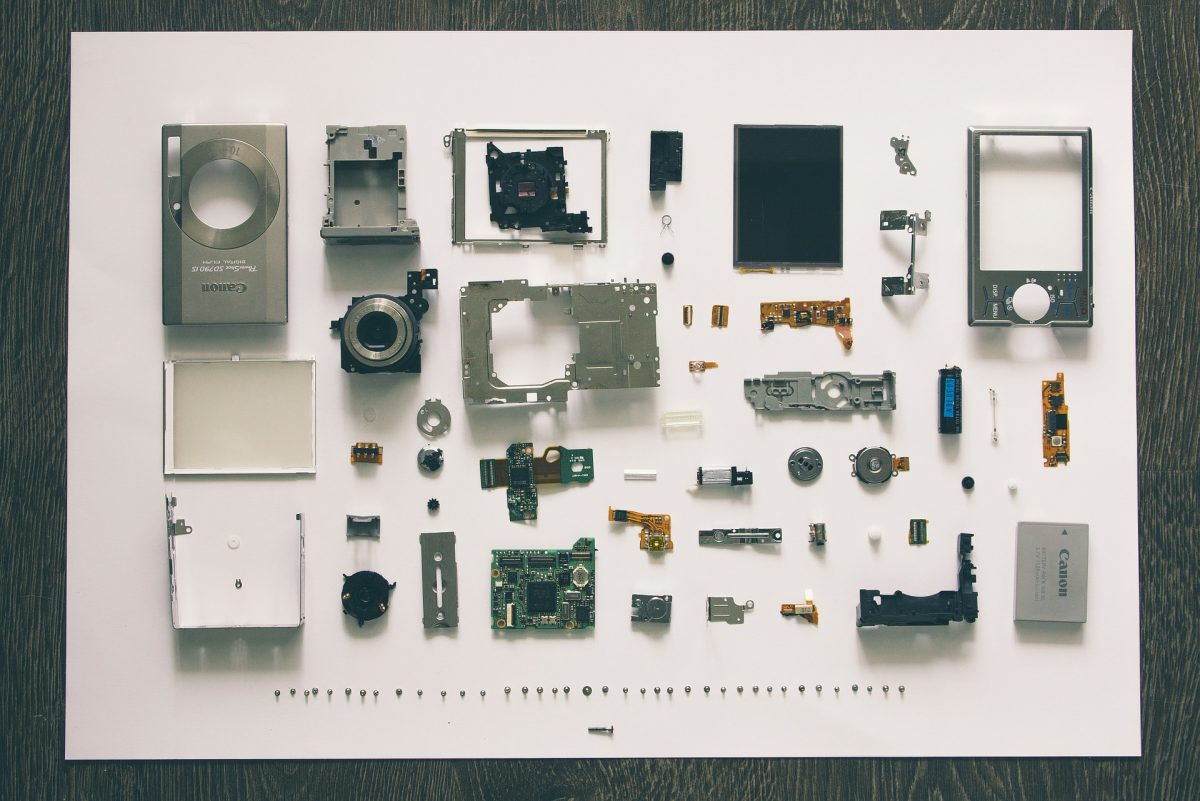Situation
We were introduced to a manufacturer of sub-assemblies for high-volume consumer products that was experiencing process yields that were lower than goal. Sub-assemblies were moved through a multistep process to completion. Each step was manned by different teams in very different physical environments. The steps included print, cure, assembly, paint, cure, etch, and inspect.
Problem Definition
The rolled yield of a particular set of high-volume assemblies was lower than target with a percentage product drop-out occurring at more than one step. The goal was to identify the yield detractors, reduce or eliminate the root causes of these, and hence improve process and product quality for these products.
Project Constraints
None of the steps in this process were superfluous and so it was not a case of increasing the yield by implementing a leaner version of the flow.
Measurement Data Gathered
The client had implemented a formal yield reporting system however, prior to this project, the underlying quality defect information was not being regularly reviewed. Six months’ worth of weekly rolled yield data was extracted from records and plotted on trend charts.
The average pre-project yield was 74% however there were also huge variations in yield amounting to +/- 20% (!) yield variation between the best and worst weeks. There was no recorded information on the reasons for this extreme variation. 74% was roughly the breakeven point for this set of assemblies.
In addition, Pareto diagrams were produced of the defect categories. Top of the offender list was “contamination” on the surface of the product. This was identified as dry paint dust.
Analysis Performed
Investigations were performed into the origin of the contamination. Processing through the stages involved the use of cure ovens, trolleys with removable racks, mesh platforms, plastic trays, and plastic paint masks and disks. The use of these items was reviewed as potential sources of contamination. A number of quality control issues were identified:
- No records on the usage or replacement frequency of masks, trays, and disks
(There was evidence of layered paint build up on these very low cost, frequently used items) - No records of the cleaning frequency of racks and meshes
- Erratic cleaning of ovens
- No procedures or standardisation on any of the above
The analysis also established that there was a correlation between particular racks and low yield.
Improvements & Controls Established
Two controlled trials were performed on the process to establish whether:
- Contamination could be reduced
- Yield increased as a result
The trials focused eliminating or at least reducing the sources of contamination. The yields from the trials showed a dramatic increase. As a result, a total of 7 permanent changes were made to the process and these were all formally trained out and written into operating procedures.
Results
New process procedures had a dramatic effect on quality. The rolled yield increased by 7% from a breakeven point of 74% to an average of 81% making this product much more financially viable. In addition, other visual defects which were previously present on the product (but not officially rejectable) were significantly reduced resulting in a much better cosmetic finish for the customer.
Benefits Summary: Improved process and product quality, reduced costs, higher profit, better customer satisfaction. Next steps: Look at next priority on the revised Pareto chart.
Services Definition
We were able to provide a range of services to help this customer. Our overall approach was to bring members from each of the teams together and work through the DMAIC process (Define, Measure, Analyse, Improve and Control). This was undertaken in the form of weekly meetings of n hours where each element of the process was worked through. Following these coaching sessions members




